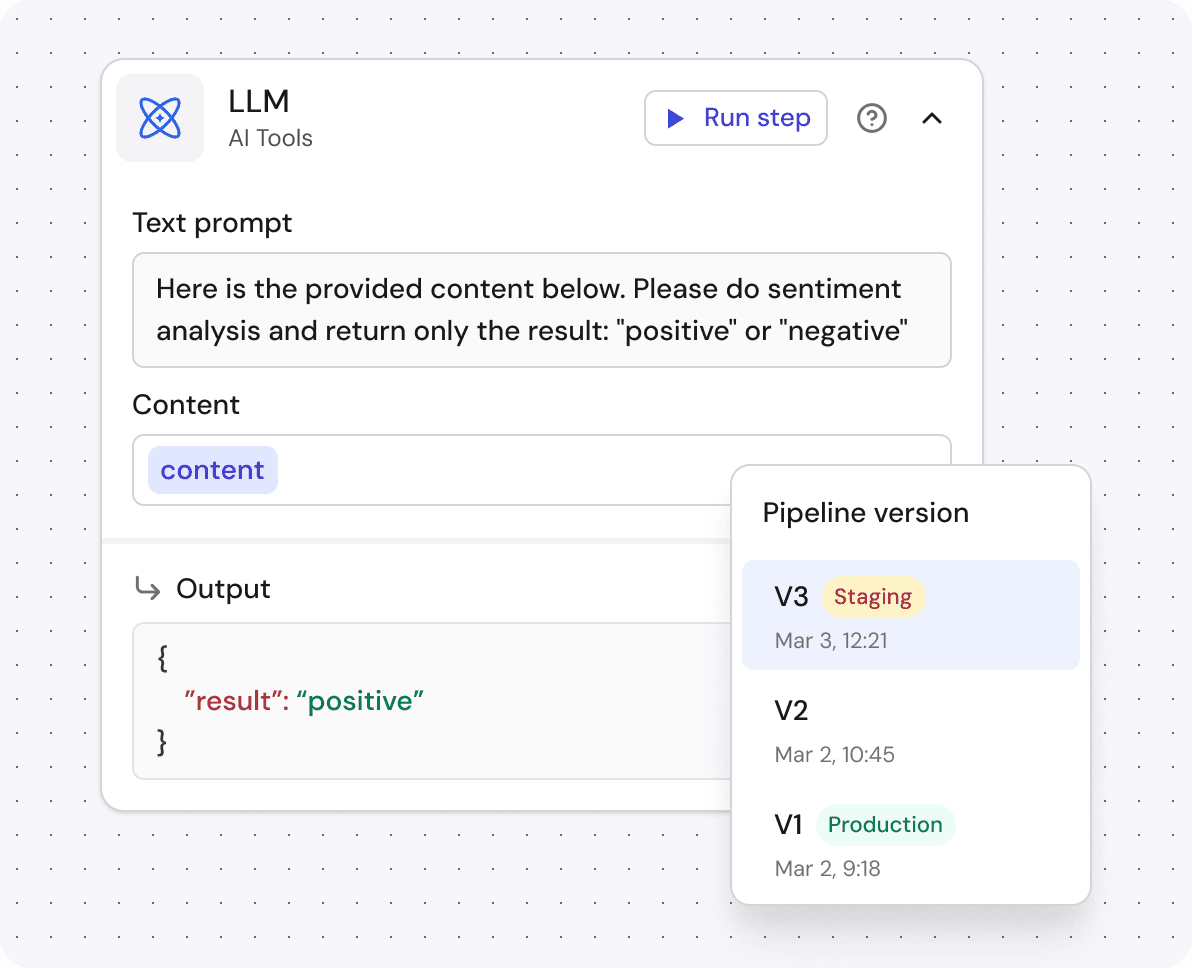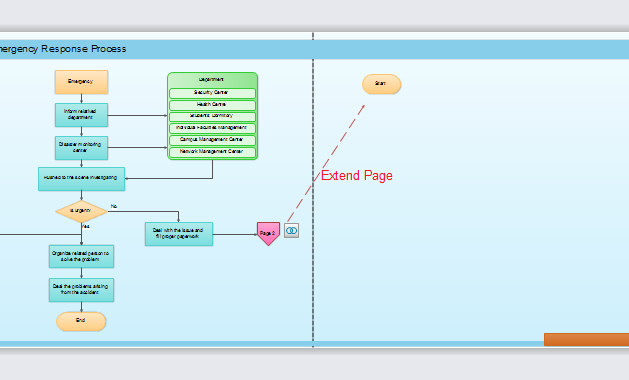
In 2025, the way people search for information is changing rapidly. Traditional “10 blue links” are no longer the primary way users find answers. Instead, they’re turning to AI-powered answer engines like Google’s AI Overviews, Perplexity, and Microsoft Copilot. These platforms don’t just list websites—they synthesize information, often providing direct answers without requiring a click. This shift means that content creators and marketers must adapt their strategies to ensure their expertise is featured in these AI-generated summaries.
This guide will walk you through the essentials of optimizing for AI Q&A results. You’ll learn how to structure your content for machine comprehension, build authority signals, and stay ahead of the curve as AI continues to shape the future of search.
What Is AI Q&A Optimization and Why It Matters
AI Q&A optimization refers to the practice of tailoring your content so that it’s more likely to be cited or featured in AI-generated answers. Unlike traditional SEO, which focuses on ranking high in search engine results pages (SERPs), this new approach emphasizes becoming a trusted source that AI models can rely on.
The key difference lies in the way users interact with search. Instead of clicking through multiple links, users now get concise, factual answers directly in the search interface. This means your content must be clear, structured, and backed by data to stand out in an AI-first world.
For example, if someone asks, “What are the best CRMs for small businesses?” an AI might pull a summary from several sources, highlighting the top options with key features. If your content isn’t optimized for this kind of extraction, you risk being invisible.
Understanding this shift is critical. According to a study of over 41 million AI search results, the user experience has changed dramatically—AI now owns the relationship with the user, making it essential to align your content strategy with this new reality.
How AI Q&A Optimization Impacts SEO Performance
AI Q&A optimization affects SEO in several ways:
- Visibility: Getting cited in AI-generated answers increases your brand’s visibility without needing a click.
- Engagement: Users are more likely to trust and engage with content that appears in AI summaries.
- Conversion: Direct answers can lead to higher conversion rates, as users often act on the information provided.
To succeed, you need to focus on clarity, data-backed claims, and structured content. AI models prioritize content that is easy to parse and verify, making E-E-A-T (Experience, Expertise, Authoritativeness, Trustworthiness) signals more important than ever.
For instance, instead of writing, “Our innovative solutions empower synergy,” say, “Our software cuts project time by 20%.” The latter is a citable fact that AI can easily extract and use.
Step-by-Step Implementation Framework
1. Define or Audit the Current Situation
Before you start optimizing, assess your current content. Use tools like Google Search Console and Screaming Frog to identify thin content, outdated information, and ambiguous language. Look for red flags such as lack of structure, poor readability, or missing author credentials.
Actionable Tip: Create a spreadsheet to score your top 10–20 pieces of content based on E-E-A-T signals. This will help you prioritize what needs fixing.
2. Apply Tools, Methods, or Tactics
Optimize your content for AI by focusing on:
- Clarity: Write in plain language, avoiding jargon and vague statements.
- Structure: Use headings, bullet points, and tables to make your content scannable.
- Data: Back up claims with statistics, studies, or expert opinions.
- Schema Markup: Add structured data to help AI understand your content better.
Tools like SurferSEO, Clearscope, and Google’s Rich Results Test can assist with on-page optimization and schema implementation.
3. Measure, Analyze, and Optimize
Track your progress using tools like LLMrefs or OmniSEO® to monitor your visibility in AI-generated answers. Set up a manual tracking system to check how often your brand is mentioned in AI responses.
Actionable Tip: Review your top 20 pages quarterly to update outdated information and ensure your content remains relevant.
Real or Hypothetical Case Study
Let’s imagine a small business blog that wants to optimize for AI Q&A results. Initially, their content was long-form but lacked structure and specific data. After conducting an AI readiness audit, they identified issues such as thin content, unclear language, and missing author bios.
They revamped their content strategy by:
- Adding clear definitions and step-by-step guides.
- Including data-driven claims and citations.
- Using structured data and semantic headings.
Within six months, their visibility in AI-generated answers increased by 40%, leading to a 25% rise in traffic and a 15% increase in conversions.
Tools and Techniques for AI Q&A Optimization
Here are some of the most effective tools for optimizing your content for AI Q&A results:
- SurferSEO – Helps with keyword clustering, semantic scoring, and on-page optimization.
- Clearscope – Provides content insights based on what’s already ranking.
- Google’s Rich Results Test – Validates your schema markup for structured data.
- LLMrefs – Tracks your brand’s visibility in AI-generated answers.
- OmniSEO® – Offers comprehensive monitoring across major answer engines.
- Screaming Frog – Audits your site’s technical health and crawlability.
These tools can help you identify gaps, improve content quality, and track your performance in AI-first search environments.
Future Trends and AI Implications
As AI continues to evolve, we can expect even more integration between search engines and AI models. Voice search, multimodal content, and personalized answers will become increasingly common. This means your content must be adaptable, scalable, and designed for both human and machine readers.
One key trend is the rise of multimodal content, where AI systems pull from images, videos, and text to form answers. To stay ahead, ensure your visual content is accessible, well-labeled, and includes descriptive alt text.
Another trend is personalization. AI models will tailor answers based on user intent, location, and past behavior. This means your content should address multiple intents and personas, making it more resilient in a personalized search landscape.
Key Takeaways
- Prioritize clarity and structure to make your content machine-readable.
- Build E-E-A-T signals by showcasing expertise, authority, and trustworthiness.
- Use structured data to help AI models understand and extract your content.
- Monitor your visibility in AI-generated answers using specialized tools.
- Stay ahead of trends by adapting to multimodal and personalized search.
The future of search is here, and it’s powered by AI. By optimizing for AI Q&A results, you can ensure your brand remains visible, credible, and relevant in this new digital landscape.
Meta Title: How to Optimize for AI Q&A Results: A Complete Guide to Answer Engines
Meta Description: Learn how to optimize your content for AI Q&A results and stay ahead of the evolving search landscape.
SEO Tags (5): AI Q&A, Answer Engines, SEO Optimization, AI Search, Content Strategy
Internal Link Suggestions:
– [Parameter #2]: Understanding E-E-A-T in Modern SEO
– [Parameter #5]: Technical SEO Best Practices
– [Parameter #8]: Structured Data and Schema Markup
External Source Suggestions:
– https://developers.google.com/search/docs/crawling-indexing/robots/intro
– https://www.seofomo.com
– https://www.surferseo.com










